Gravity's Rainbow - Part 4 - Chapter 6.2: Fragments of Our Future, Part 2
Analysis of Gravity's Rainbow, Part 4 - Chapter 6.2: Umlauts and Helicopters, a Cadenza, Der Platz, Shin 'n' Shinola, Red and JFK, King Kong and the Bomb, Kamikazes and the Propaganda Machine
On the Phrase “Ass Backwards“
Continuing on with the fragments of consciousness, Slothrop is here having an argument with Säure Bummer just as Gustav and Säure argued about Beethoven and Rossini (3.12), marijuana strains (also 3.12), and chess (4.1). This argument is a bit different, and touches on the meaning and mystery behind American idioms — namely, ‘ass backwards,’ which Säure argues should be ‘ass forwards.’ While he asks Slothrop why this may be, he does also realize — saying, " I wish somebody could clear up for me. Not you obviously" (683) — that Slothrop, being an American Archetype, could not parse apart the minutiae that Americans were born with. He knows it would take somebody outside of the American psyche to truly elucidate the inner consciousness of America and of the American.
This moves into another linguistically derived story surrounding Säure’s life back in his far younger years a couple decades earlier. Here, Säure broke into the home of a young woman named Minnie Khlaetsch to rob her. When she called out for help, calling him a ‘Hübsch Räuber’ (translated: ‘Cute Robber’), given her inability to pronounce umlauts (i.e. ä, ü, or ö), she pronounced her cry for help as ‘Hubschrauber’ (translated: ‘Helicopter’). The helicopter would not be invented until 1939, not mass produced until the early 1940s, and not widely used until the 1950s. So, given Säure’s home invasion takes place in the 1920s, "nobody in earshot even knows what the word means" (683). However, the word acts as prophecy to a man playing a harmonica just outside. What he pictures are the inventions of a World War II world being perfected to be used for ulterior motives in the later 20th-century world. Remember the helicopter was invented mid-WWII and began being used in late-WWII, but like various other WWII inventions (i.e. rockets, ‘dyes,’ psychological warfare, psychological operations, the OSS/CIA, fascist political tactics), their true mass utilization would not come about until the 1950s, 60s, and further on. What our harmonica player pictures is the coming police state — one which would suppress the people they were supposed to protect: the Preterite. This police state would use military grade equipment like the helicopter in order to conduct this oppression, working instead to preserve the Elite class just as the military industrial complex was meant to do. They would be a mere extension of this industry.
Our man who has this vision, around twenty years later, "goes on to become ‘Spörri’ of Horst Achtfaden’s confession to the Schwarzkommando" (684). Achtfaden was the man on the Toiletship being interrogated by Enzian and his Schwarzkommando (3.13). They were attempting to get information about the Schwartzgerät and the 00000, but given the compartmentalization of the project, no one really knew what they were working on. During this interrogation, Achtfaden mentioned to them that he was only an aerodynamics man, and that the nicknames of the "other aerodynamics people were ‘Spörri’ and ‘Hawasch’" (3.13, pg. 455). What this means — that Spörri went on from prophesying the helicopter to actually working on the aerodynamics of WMDs — is that the origins of such atrocities occur within the very realm of language. Whereas language to Säure in the 1940s partially represented the psyche of the American mind, we see here in the 1920s that it also represents another dichotomy similar to the ‘cross’ (4.1) and the Radiant Hour/Evil Hour (4.6). Language can both be a barrier that prevents accurate communication (as with Minnie’s attempted cries for help) and one that can subconsciously communicate something far more dangerous (what her cries were heard as).1
Minnie happened to also be dating one Wimpe, the IG man who sold drugs such as Oneirine and Methoneirine and who Tchitcherine dealt with, possibly leading to his expulsion into Kyrgyzstan (3.5). Wimpe, upon returning home, saved her from overdosing, showing the coming use of the pharmaceutical realm: a drug-dealer/pharmacist using medicines of a similar compound both as a life-saving substance (his saving of Minnie) and as a method of control (Oneirine).
Back with Säure, Slothrop, and now apparently also Seaman Bodine, the arguments continue. After landing on some reasoning behind that original phrase, ‘ass backwards,’ we learn about Säure’s attempt to learn a Rossini violin solo, causing Trudi (Gustav’s girlfriend from 3.6 and 3.12) to leave his house. Therefore, Säure’s intense love for Rossini (and thus his love for pure individual joy and fulfillment) is now driving people away. In our coming world, overt and unabashed optimists will be similarly viewed: they will be insufferable. But those like Seaman Bodine (who satirizes the coming American age) try to write a counter-cadenza to help people like Säure out:
My Doper’s Cadenza
The cadenza itself is, coming from Bodine, ridiculous. It is an attempt to create something more palatable than Säure’s attempt at a Rossini violin solo but also is satirizing the idea of being a Doper. This leads us into the meat of this sub-section: an exploration of drug tenements and police treatment of drug addicts in Earth’s future.
‘Der Platz’ is the tenement being observed, and it is home to various "friends of Säure’s" (686) who happen to be dopers: the tenement is said to be covered with paraphernalia like "1/2-grain syrettes of morphine tartrate squeezed toothpaste-tube empty, broken amyl nitrite containers looted from anti-gas kits, [and] olive-drab tins of Benzedrine" (686). Now, drug abuse of the sort would increase as time moved on from the 50s to the 60s and especially into the 70s and 80s. But there are a few things to note. First of all, many of these communities are not posing a threat to surrounding ones. That is not to say that violence or crime which stems from drug addiction is non-existent or even not prevalent, but it is to say that a majority of the time, drug abuse is something that harms the user and the user’s family. Similarly, here at this tenement, the abuse is consolidated to one specific community, not affecting those without. But nonetheless, the police-force sees this as an opportunity to fuel the reign of Capital — arresting addicts in these communities to funnel them into the private prison industry and keeping reigns on the exact communities they want to control. This is why the tenants at ‘Der Platz’ decided to build an anti-police moat, something that would simply keep them safe.2 And if such a thing were to succeed, a dim and fearful environment such as ‘Der Platz’ would at least have a glimmer of hope, of Sunshine, to those who were willing to seek it.
Shit ‘n’ Shinola
Säure isn’t done with his questioning of American idioms just yet. Now he wants to know about ‘Shit from Shinola.’ He asks this to Seaman Bodine who immediately is convinced that this questioning is because Säure is one of Them. As discussed before, language has more powerful roots than we often perceive it to have, both being a blockade against understanding and a means of destruction, so with Säure attempting to delve into the very roots of the most obscure Preterite Americanisms, Bodine feels as if he is conducting some sort of study on this class. Säure, however, is doing no such thing, and continues on his questioning.
Shit — as in literal feces — and Shinola — as in the old school Boot Polish — are what the two terms typically refer to. The phrase, ‘you don’t know Shit from Shinola,’ would thus be critiquing a person’s inability to differentiate between two things that should prove easy to differentiate. However, the words ‘shit’ and ‘Shinola,’ based on our discussion of language’s uses, hold far more multitudes than just what their literal meanings are. For instance, ‘shit’ could be the stated comical interjection or the sound of a guillotine sliding down and severing the head of the person below it. Shinola could be separated into ‘Schein’ and ‘Aula’, which translated to ‘Shining-Hall, Blazing-Hall, or Halo-Hall.’ So instead of dark, tarry shoeshine easily mistakeable for ‘shit,’ we have a stadium that could represent the coming of life — an emerging Springtime: "from the outside, the Hall is golden, the white gold precisely of one lily-of-the-valley petal in 4 o’clock sunset, serene, at the top of a small, artificially-graded hill" (687). And this is the sense you would get if all you saw was what was outside the Hall. But where the translation could be ‘Shining-Hall,’ it could also be ‘Seeming-Hall’: or in other words, the mere appearance of coming life. Because just with the appearance, or seeming, of life surrounding this stadium, the inside could be "blue and cold as the sky overhead" (688), as cold as death.
So far, ‘shit’s’ meaning seems quite clear, but its use can be comical, derogatory, or exclamatory, while ‘Shinola’ could represent life, the illusion of life, or the coldness of death, but "there’s one place where Shit ‘n’ Shinola do come together, and that’s in the men’s toilet at the Roseland Ballroom" (688). Shit, here, also represents death, in the same manner which Edwin Treacle mentioned "that their feelings about blackness were tied to feelings about shit, and feelings about shit to feelings about putrefaction and death" (2.8, pg. 276). Well, at the Roseland Ballroom, a music hall which featured music of largely black musicians, and where white fraternity brothers and sons of Elites like John F. Kennedy attended, this fear became quite apparent. For, music made by the black community expressed the experience of said community, yet here in the Roseland ballroom it was being played for the white upper-class while members from the black community worked as shoeshine boys using Shinola on the dress shoes of the Elite. One of these boys was ‘Red’ — Malcolm X, a revolutionary figure of the civil rights movement who would instill fear in many members of this upper-class. It (these shoe-shine boys) would place the ‘fear of death/shit’ directly into their mind, just as Slothrop originally felt when we went on his trip down the toilet, seeing all of the shit and death which stuck to the walls of America, just as revolutionaries like Malcolm X wanted him to see in order to come to his final conclusion.
Those like Malcolm X — other ‘shoe-shine boys’ — would instill this fear in some but would actually manage to reach a few of those Elite. JFK would be one, and while his presidency and life largely would solely represent the Elite, by the end, he did actively attempt to better the world — attempting to end the CIA, make amends with Cuba and the Soviet Union, etc. This, however, was unacceptable to the Elite, as was Malcolm X’s ability to reach people who They did not want him to reach. So, "Eventually Jack and Malcolm both got murdered" (688) — both likely assassinated by their own governments. And Slothrop? Well, we don’t quite know yet. But his consciousness, at least, lives on. In conclusion, Shinola will give us that appearance of life, when death lives on beneath its surface. We may give those lower classes the ability to appear alive, but when they try to reach true life, death will meet them on the other end. And the only way to move past this form of subjugation is to be forced to view and see the shit that makes up our world, just as Slothrop was forced to do.
An Incident in the Transvestites’ Toilet
Back in the Transvestites’ Toilet — where Slothrop now waited in a mirror-image of the Roseland Ballroom for a message from Marcel, a member of the Floundering Four — an ape makes his way toward a cross-dressing Slothrop. He realizes, as the ape approaches him, that he has "some repressed desire to be sodomized, unimaginably, by a gigantic black ape" (688). This desire is a fetishization and perversion of Slothrop’s post-journey desire to subjugate himself to the once subjugated class whose ‘shit’ he had witnessed and analyzed.
Speaking of fetishization, this same idea is explored in film, both real and fictional films. Ann Darrow, the character in King Kong played by Fay Wray whom the ape falls in love with, found herself similarly enticed by the fact that such a creature was enamored by her. This desire to be loved or lusted after by an ‘other’ is being mistaken for the desire to be sodomized, likely because the commonplace form of love is thought to be the only natural form. For Darrow, this commonplace form is that which the other character in King Kong, Jack, gives to her: "still mooning sappy / Along the weather-decks" (689) and telling her how much he truly loves her. The modern world has rendered traditional love to be boring: just as Jessica found herself in the midst of during the war. Or like Greta Erdmann found herself feeling during both the rape scene in Alpdrücken and during the Imipolex G clad orgy hosted by Blicero and the Elite (3.17). Or how Katje (and though we have not seen his thoughts, Gottfried) felt at home while being subjugated by Blicero.
So Slothrop did not really wish to be sodomized, he simply wished to feel loved in a way beyond what love ever had been defined to be. Instead — the ape hands him a bomb.
Indecisive, Slothrop does not know what to do with the lit explosive but is saved by another transvestite who grabs the bomb and throws it down a toilet to burn out the fuse. Unfortunately, it was a pure sodium bomb and thus explodes immediately upon touching the water. Even though he did not realize it, this mistake leads to a manhunt on the transvestite, even eventually involving the police (see a running theme here?). Taking the explosive event as something blamable on the person who gave the bomb to Slothrop, now to someone who actively caused the explosive to go off, is a perfect representation of how the police state would act. Looking back at the Doper’s Cadenza, the drugs are placed by the police in the hands of the users, and the users are the ones who will end up being perpetrated.
A Moment of Fun with Takeshi and Ichizo, The Komical Kamikazes
Takeshi and Ichizo are two kamikaze (suicide) pilots, one flying a Zero (officially, the Mitsubishi A6M8) which was an advanced fighter jet often used by the Japanese military during WWII, while the other flew an Okha, a ‘plane’ whose only purpose was to be dropped by another plane as a missile. Their two kamikaze vehicles are representations of different eras of the Rocket, though with an additional human component. The Okha would be comparable to the V-1 rocket or even those that came before it, being more inaccurate, and having less technology and engineering. The Zero would be representative of the V-2 rocket being ‘controllable’ up to a point, but always eventually succumbing to gravity. The planes have merged the realms which many of the Nazis within this novel had been trying to do: man and machine. However, this merging was purely surface level, unlike the attempted goal of truly making the Rocket become a living God. (This also will not be the last time we see a person placed within a ‘rocket,’ but we will leave that until it occurs). These two Kamikazes are on a very remote island which they wait at for some chance to act, yet that chance continues to become delayed as their radarman, Kenosho, keeps telling them that no targets are appearing in sight.
As the scene goes on in its own form of comedy, it is revealed that Takeshi and Ichizo are actually just characters in a film about WWII: "Yes, it is a movie! Another World War II situation comedy, and your chance, to find out what it’s really like" (691-692). This ‘film’ is like many other films about WWII, representing things in propagandistic or comical lights, making their viewers either unafraid of going to war or patriotic enough to move past that fear. Our viewer, in this case, is one Marine Captain Esberg, who has won "an all-expense, one-way trip for one to the movie’s actual location, exotic Puke-a-hook-a-look-i Island" (692). And if you will recall from Roger Mexico’s attack on Twelfth House (4.2), this island is the location which Mexico forced Géza Rózsavölgyi to witness — an island which represented Bikini Atoll and its use for indiscriminate nuclear testing. The implication here is that, in the Raketen-Stadt, the immense amount of propaganda and the media representation of WWII (and war in general), will lead the viewers to find comedy or patriotism in something as destructive as the Rocket, and will thus be willing to fly the planes which could one day drop another nuclear warhead, whether that be on an evacuated island, or, if necessary, on another populated city.
Up Next: Part 4, Chapter 6.3 (up to the end of the chapter)
William S. Burroughs explores these ideas of language as this sort of device in works such as his Nova Trilogy and his City of the Red Night Trilogy (especially the second book in the latter series: The Place of Dead Roads).
Ironically, keeping the police out entirely would likely also keep the drugs out, for the police themselves were largely distributors of opiates and cocaine derivatives to specific communities, something Pynchon would explore in later novels like Inherent Vice (2009) and Vineland (1990).

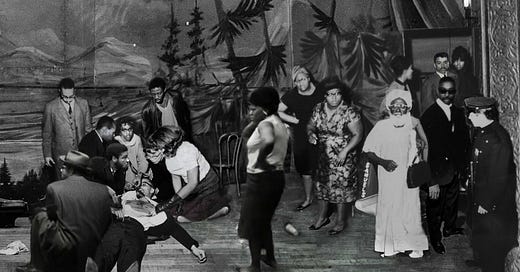


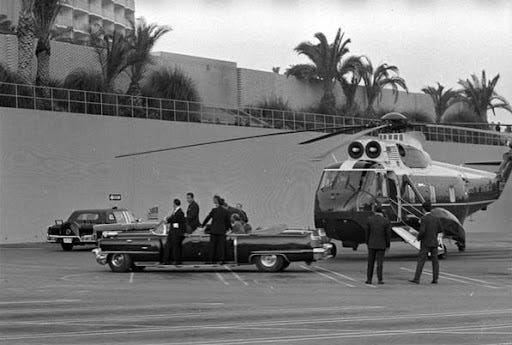
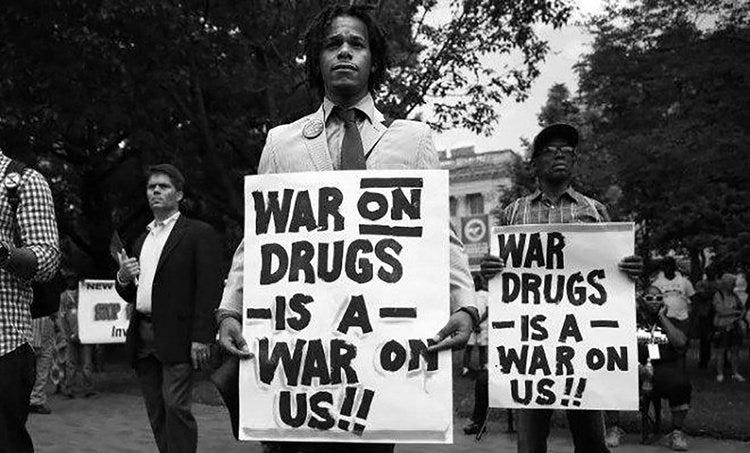

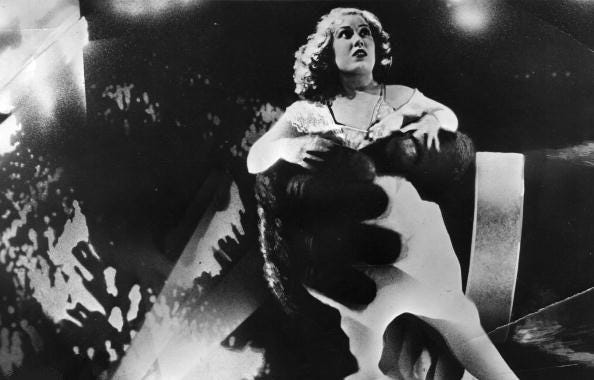
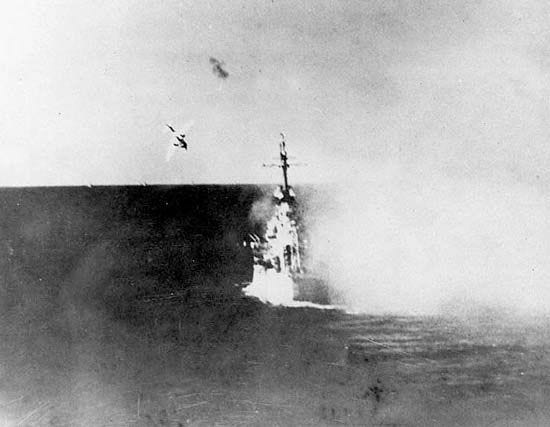
Interesting that I read this section from GR this morning and then open this post just now.